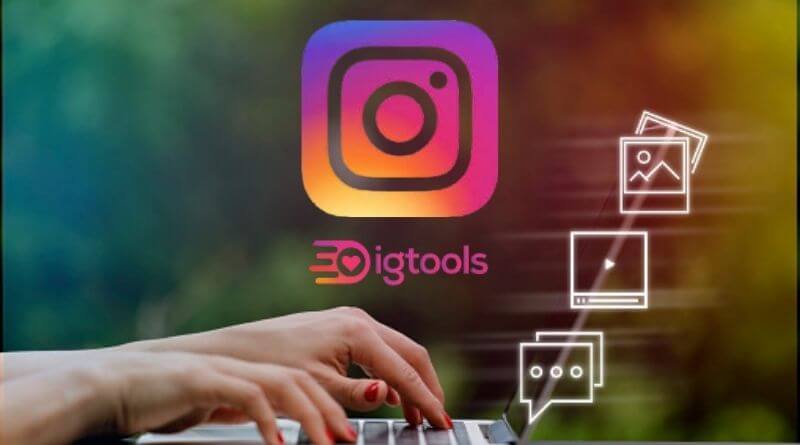You know how some emails just work?
You don’t overthink the subject line. You click send. You hope for a miracle, and then BAM, 65% open rate.
That’s what happened to us. And no, we weren’t running a flash sale or giving away a Tesla. This was a regular Thursday email to a regular audience… with an irregularly good result.
Today, we’re unpacking exactly how it happened, so you can steal our process, tweak it, and watch your own numbers take off.
What Does a “Good” Open Rate Even Look Like?
Before we dive into our strategy, let’s be real: most marketing emails are lucky to crack 20%. If you’re seeing more than 30%, you’re already in the top tier.
But 65%?
That’s “we triple-checked the analytics because we thought it was broken” territory.
Here’s the kicker: it wasn’t a big list. Just 1,000 handpicked subscribers who hadn’t ghosted us. But still—this wasn’t normal.
Let’s Talk About What Didn’t Work First
You see, before this email, we were doing everything “by the book”:
- Long-form newsletters
- Overuse of emojis
- Weekly product updates nobody asked for
- “Personalised” emails that felt like they were written by a robot on a deadline
We were trying, but it was giving “try-hard.”
Then we changed one thing.
The Subject Line That Changed the Game
It read:
“This almost didn’t get sent…”
That’s it.
Not clever. Not clickbait. Just human curiosity and a hint of drama.
We noticed a pattern in open rates. The more natural the subject line sounded, the better it performed. No buzzwords. No yelling in all caps. Just a line that made people go, “Wait, what didn’t get sent?”
Here’s What We Did Differently (So You Can Copy It)
Let’s break it down into a repeatable recipe. Feel free to steal shamelessly:
1. Short Subject Line, Big Intrigue
- We kept it under 40 characters
- Added a touch of mystery
- No offers, no discounts, no shouting
Pro Tip: Avoid sounding like a brand. Sound like a human who accidentally hit “send.”
2. Plain-Text Format (Yes, Really)
We ditched the pretty HTML layout and sent the email as plain text.
Why? Because it looked like it came from a mate. Not a marketing team. It slipped past promotional filters and straight into the main inbox.
Also, it felt personal, because it was. We wrote it like a conversation.
3. Real Story, No Fluff
Inside the email, we shared a tiny behind-the-scenes mishap, a campaign that almost got scrapped due to a silly oversight.
It was honest. Raw. Kinda funny. And it invited people in. Here’s a slice of the message:
“We were about to pull the plug on this because of one missing detail. But then we figured… hey, maybe people need to hear what almost went wrong.”
People replied. A lot of people. Some even shared their own slip-ups. It turned into a conversation, not a broadcast.
4. One Link. One Ask. One Purpose.
We didn’t drown the reader in CTAs.
Just one link. One offer. One clear action.
No “Click here to learn more” garbage. We simply said:
“If you’ve ever almost scrapped something great, check this out.”
And it led to a blog post. Not a sales page.
The Tech Behind the Magic
Let’s not pretend we scribbled this email in a Google Doc and hit send manually.
We were using a streamlined CRM with smart workflows, and yes, we rely heavily on Gmail HubSpot integration to keep everything tidy, tracked and connected. That’s how we knew exactly who opened what, and when.
The best tools feel invisible. This one does.
But… Would This Work for E-Commerce?
Glad you asked.
Short answer: YES.
One of our clients runs a niche online store. After reading our results, they used the same subject line format for a back-in-stock alert.
Different audience. Different product. Same approach.
And it worked: 44% open rate, which was 3x their average.
They’re using HubSpot and WooCommerce integration to sync inventory data and automate the whole thing. It’s how they knew which customers were waiting for that specific item.
The secret? Keep it human. Even if it’s automated.
What About B2B and Consultants?
This is where it gets juicy.
Another friend of ours, a brilliant HubSpot marketing consultant, tweaked the formula for his own newsletter. Instead of mystery, he used “micro-value.”
His subject line?
“Stop doing this in Q3 marketing meetings.”
Simple. Targeted. Intriguing.
Open rate? 52%.
Same principles. Different lens.
FAQs: Everything You Wanted to Know But Didn’t Want to Ask
What’s a good email open rate in 2025?
Anywhere between 20–30% is solid. Anything above that means you’re doing something special. Or at least… not annoying your list.
How can I improve open rates overnight?
You can’t always. But you can test subject lines relentlessly. Keep them short, punchy, and authentic. Use preview text wisely.
Should I personalise my subject lines?
Yes, but don’t overdo it. “Hey [FirstName]!” is fine. But if it smells automated, it’ll get skipped. Make it feel like an actual human wrote it.
Plain text or pretty templates?
Depends on your audience. But if you want to feel real, go plain. Fancy design screams “marketing email.” Sometimes that’s not the vibe.
Ready to Write Your Own 65% Email?
If there’s one thing we hope you take away from this, it’s this:
People open emails that feel like they were meant for them.
Not a list. Not a funnel. Not a generic drip campaign. Them.
So here’s your next move:
- Look at your last email.
- Read it out loud.
- If it sounds like a pitch, rewrite it. If it sounds like a person, send it.
And if you want help? Drop us a line. We’re not bots. Just people who love good emails, clean writing, and surprising results.









